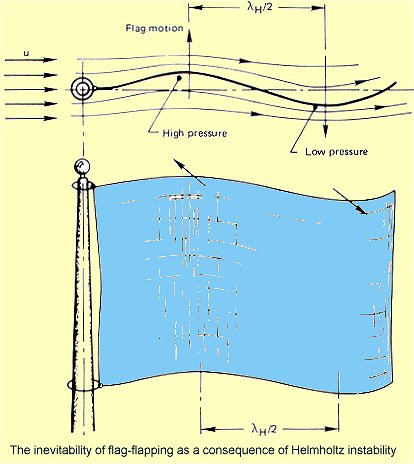What's Reasonable?
Today, we expect to be surprised. The University of Houston's College of Engineering presents this series about the machines that make our civilization run, and the people whose ingenuity created them.
I love those lines from the operetta Pinafore, where Gilbert and Sullivan warn us that
Things are seldom what they seem,
Skim milk masquerades as cream;
Highlows pass as patent leathers;
Jackdaws strut in peacock's feathers.
And demographer Joel Cohen agrees. Our complex world, Cohen says, is full of surprises. Example: So much conflict in the world, and common sense says that adversaries will resolve their differences if they'll just sit down and talk. But you've had the experience of entering a conversation with an adversary, bathed in sweet reason, and found yourself, half an hour later, in a shouting match.
When we describe negotiation mathematically, we have to include the rate at which negotiation hardens the positions of the negotiators. Whether opposing parties eventually agree, or trigger a nuclear holocaust, depends on how fast that hardening goes. Of course, that's why we have professional counselors and arbitrators. That's why we limit contact between leaders during summit meetings.
In another example, Cohen talks about engineers who wonder if they might ease traffic congestion by including crossroads between crowded highways. We certainly expect crossroads to speed traffic by increasing driver options.
But analysis fools us. It shows that such roads often make matters worse by creating local traffic jams. Cohen shows how adding redundancy to a design can make it less safe. He shows that successful paths of pursuit should often be indirect, and so forth.
First we're intrigued by his arguments; then a second realization kicks in: We would live in a deadly-dull world if common sense alone could lead us through all the thickets that surround us.
Any engineer or scientist is taught to think abstractly. We study mathematics and complex science. That's because it's the very nature of the creative process to take us where we don't expect to go. Abstract analysis is simply an aid to seeing things that direct vision won't reveal.
Besides, if what we learn is what we expect to learn, then we've learned nothing. Sooner or later, every student of heat flow finds that adding insulation to a small pipe can often increase the heat loss from it. You don't get that from common sense. By the same token, no one had ever put liquid in tension until a nineteenth-century scientist first showed that it was theoretically possible to do such a strange thing.
Some oddities are right under our noses all the time, surprising us only when we look closely -- like the fact that no wind, not even a gale, can ever blow a flag out straight. It'll always flap.
Common sense is that center of gravity to which we return from our flights of fancy. But thank heaven for the delicious surprise
-- the idea that precedes expectation. That's what makes technology, science, and invention such a delight to work in.
I'm John Lienhard, at the University of Houston, where we're interested in the way inventive minds work.
(Theme music)
J. E. Cohen, The Counterintuitive in Conflict and Cooperation. American Scientist, Vol. 76, No. 6, 1988, pp. 576-584.
To learn more about the small insulated pipe or the flapping flag, For more on light and heat radiation, see: J. H. Lienhard IV and J. H. Lienhard V, A Heat Transfer Textbook, 5th ed., Dover Pubs. Inc., Mineola, NY, 2019. You can easily download the entire book, free of charge, at https://ahtt.mit.edu/ , Chapters 2 and 9 respectively.
For more on water above its boiling point, see: Shamsundar, N., and Lienhard, J.H., Equations of State and Spinodal Lines -- A Review. Nuclear Engineering and Design, Vol. 141, 1993, pp. 269-287.
This is a greatly revised version of Episode 194.

From A Heat Transfer Textbook, 2003